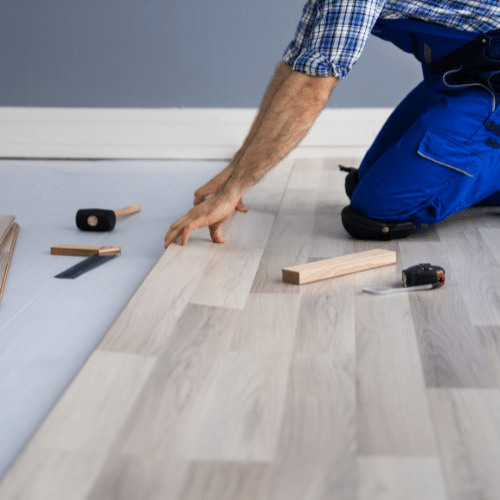
16 Sep Pest Issues by Flooring Type
Flooring Choices and Pest Risks
When it comes to keeping your home free from pests, the type of flooring you choose can make a significant difference. As a family-owned organic pest control company based in South Florida, we understand the unique pest challenges that come with our climate. Flooring materials can either help deter pests or provide them with perfect hiding spots. Let’s dive into how different types of flooring affect pest activity and what you can do to manage it effectively.
Choosing the right flooring can influence not just the appearance of your home but also its susceptibility to pest issues. For instance, certain materials might trap moisture or create environments that attract pests, while others may be more resistant to such problems. By understanding the relationship between different flooring types and pest activity, you can make informed decisions that enhance both the comfort and safety of your living space. This knowledge is crucial for maintaining a pest-free environment, especially in regions with high humidity and diverse pest populations like South Florida.
Pests and Hardwood Floors
Hardwood flooring is a popular choice for many homeowners due to its durability and classic appeal. Its smooth surface makes it easier to clean compared to carpets. However, hardwood floors can have gaps and cracks, which pests like termites and ants can exploit. Termites, in particular, are drawn to the cellulose in wood, and even a small crack can give them access to the structural components of your home.
Ants are another pest that can benefit from the gaps in hardwood flooring. While hardwood is less hospitable than carpets or other softer flooring types, it’s not immune to pest problems. Regular inspections are essential to ensure that any cracks or gaps are sealed promptly. A pest control professional can help assess and address any issues before they escalate.
The primary pest concern with hardwood flooring is termites. They can cause significant damage if left unchecked, so it’s crucial to monitor for signs of infestation such as discarded wings or frass (termite droppings). Ants are also a concern, especially if the wood is untreated or has been damaged. Keeping the floor clean and inspecting it regularly can help prevent these pests from becoming a problem.
Grout Lines: A Pest Paradise
Tile flooring is another common option in South Florida homes. It’s well-suited for our humid climate because it’s resistant to moisture, making it less attractive to pests like cockroaches. The smooth surface is also easy to clean, which helps in keeping pest attractants like food crumbs at bay.
However, the grout lines between tiles can be a hidden trouble spot. These lines can collect dirt and moisture, creating an environment where pests, particularly cockroaches and ants, may thrive. Grout lines are challenging to clean thoroughly, and they can become entry points or breeding grounds for pests if not maintained properly.
Cockroaches are a notable concern with tile flooring due to their preference for dark, damp places. If grout lines are not sealed correctly, they can provide these pests with a perfect hiding spot. Ants can also find their way through grout lines if they’re looking for food or water. Regular cleaning and resealing of grout lines can help minimize these risks and keep your home pest-free.
Carpet’s Cozy Pest Trap
Carpet is a cozy flooring choice that offers comfort and sound insulation. However, carpets can trap moisture, dust, and organic matter, creating a hospitable environment for pests like fleas, bed bugs, and dust mites. These pests can be challenging to control once they establish themselves in carpet fibers.
Fleas and bed bugs are particularly problematic because they can easily hide in the dense fibers of carpets. Dust mites thrive in carpets as well, especially in humid conditions. Regular vacuuming and professional carpet cleaning can help manage these issues, but prevention and early detection are crucial.
Fleas and bed bugs are major concerns with carpeted areas. Fleas can lay eggs in the carpet fibers, which can hatch and lead to an infestation if not addressed. Bed bugs are excellent at hiding and can easily settle into carpets, making them hard to spot and remove. Dust mites, while not visible to the naked eye, can cause allergic reactions and contribute to indoor air quality problems. Regular vacuuming with a HEPA filter and steam cleaning can help reduce these pest problems.
Vinyl and Laminate Flooring
Vinyl and laminate flooring are known for their durability and ease of maintenance. They are also resistant to moisture, making them a good choice for areas prone to spills or high humidity. This resistance to moisture can make these floors less appealing to pests like termites and ants compared to wood or carpet.
However, vinyl and laminate flooring can peel or become damaged over time, creating gaps where pests can enter. These gaps can provide entry points for pests if not repaired promptly. Ensuring that any peeling or damage is addressed quickly can help maintain the effectiveness of these flooring materials in pest prevention.
Termites and ants are less likely to infest vinyl or laminate flooring compared to wood, but they can still be a concern if the flooring is damaged. Ensuring that the flooring is well-maintained and free of gaps can help prevent these pests from gaining access. Regular inspections and timely repairs are key to keeping your home protected.
Moisture and Flooring Impact
Moisture plays a crucial role in pest attraction, and the type of flooring you choose can significantly influence how moisture is managed in your home. Carpets, for example, are notorious for trapping moisture. In high-humidity environments like South Florida, this can create a breeding ground for pests such as mold mites and dust mites. On the other hand, hard flooring materials like tile and vinyl handle moisture more effectively. They are less likely to retain excess moisture, reducing the likelihood of pest problems associated with damp conditions.
To effectively manage moisture and minimize pest attraction, it’s important to ensure your home is well-ventilated and promptly address any leaks. Using dehumidifiers in areas prone to high humidity can also help control moisture levels. Regular cleaning and maintenance of your flooring are essential; for tile and vinyl, this means sweeping and mopping to remove potential moisture sources, while carpets should be vacuumed frequently to eliminate dust and potential pest eggs.
Regular inspections of your flooring can help catch any issues early. Look for signs of damage, such as cracks or peeling, and address them quickly to prevent pests from finding entry points. For hardwood and laminate floors, sealing gaps between planks can keep pests out, while grout lines in tile floors should be regularly cleaned and sealed to reduce potential hiding spots. By maintaining your flooring and addressing any moisture issues, you can effectively prevent pest problems and keep your home comfortable and pest-free.
Conclusion
Choosing the right flooring material and maintaining it properly can significantly impact your home’s susceptibility to pests. Each type of flooring has its own set of advantages and disadvantages, and understanding these can help you make informed decisions about pest prevention. Regular maintenance, cleaning, and prompt repairs are essential in keeping your flooring pest-free.
At Pest Busterzz, we know that managing pest activity involves more than just treating infestations. It requires a comprehensive approach that includes understanding how different factors, such as flooring materials, contribute to pest problems. By staying proactive and informed, you can effectively protect your home or business from unwanted pests and maintain a comfortable and safe environment.



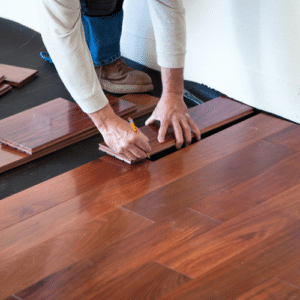
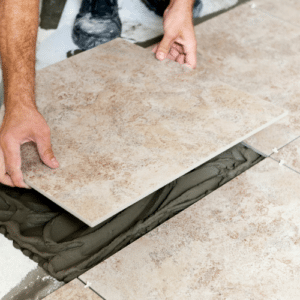
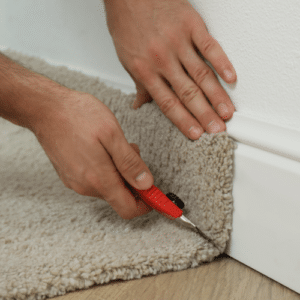
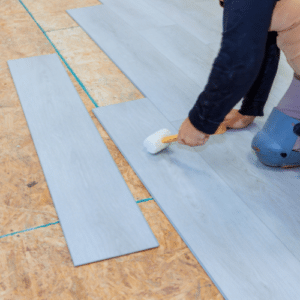
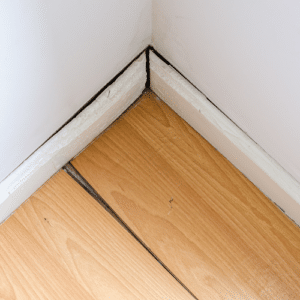
No Comments